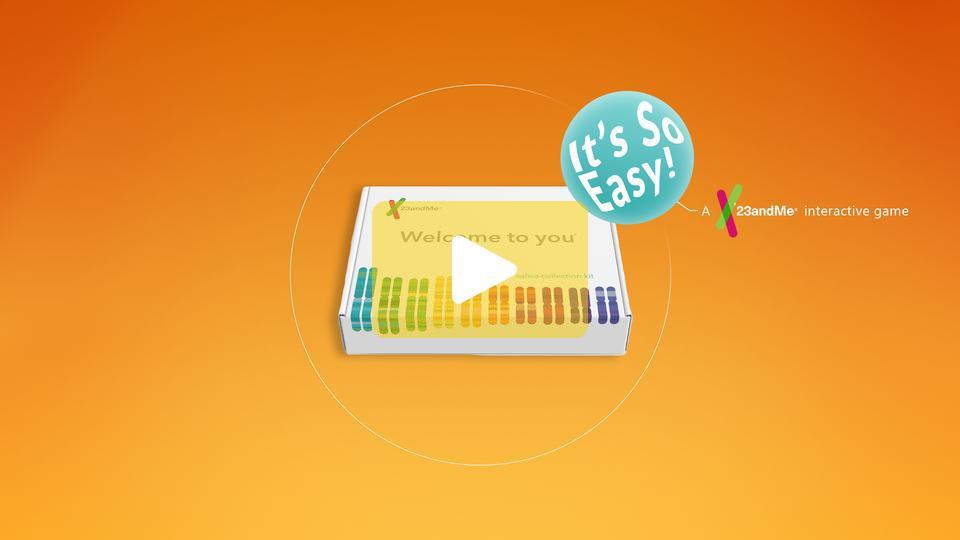By Joyce Tung and Amy Kiefer

It’s been an exciting seven months since we launched 23andWe, the arm of 23andMe that gives people an unprecedented opportunity to collaborate with us on cutting-edge genetic research. Since May, the amount of data we’ve collected has grown at a fast and furious pace. For those of us who are used to the difficult and painfully slow accumulation of data in academic research projects, this information explosion has been nothing short of amazing.
From our first baby steps with “Ten Things About You” in May, to our three latest surveys – “Health Habits,” “Where Are You From?” and “What Do You Do?” – 23andWe has undergone some serious evolution. Almost every month, we have published more surveys and developed more features to help make the survey-taking experience simpler, more interesting, and more rewarding. We want to make it easy for our customers to provide truthful, good quality data, as that is the first and most important step towards doing high quality research. A big thank you to all our survey takers–we pledge to constantly work on improving this feature so we can keep you coming back for more.
We’re starting to look at genetic associations with the traits we ask about in our surveys, and we expect to have some exciting ones to report soon. But we’ve already learned some interesting things just by looking at the survey responses themselves. For example, while a few sources suggest that a higher percentage of men are left-handed than women, our data so far suggest that once you control for age this is not the case. It seems like our society is becoming more accepting of us female lefties! We’ve also seen that handedness does indeed significantly correlate with footedness. That is, left-handers are more likely to be left-footed, and right-handers are more likely to be right-footed. Similarly, handedness significantly correlates with ocular dominance, as left-handers are more likely to be left-eye dominant, and right-handers are more likely to be right-eye dominant.
And proving mom right once and for all, we’ve found that a sweet tooth does lead to more cavities. After controlling for sex and age, you’re more likely to report having many cavities (as opposed to few or none) if you reach for either something sweet or something sweet and salty when it’s time for a snack.
How is this kind of information going to usher in the era of personalized medicine? Handedness may seem like a relatively trivial trait, but it is correlated with risk for learning disability, schizophrenia, exceptional mathematical talent and other relevant traits. Understanding the biological underpinnings of what makes us choose one hand over the other for all our most delicate tasks may help us better understand the basis for these other complex traits.
As 23andWe matures we plan to start focusing more directly on health-related traits. Look for surveys in the very near future that ask about various medical conditions whose genetics is not yet understood. By combining the information customers provide in their survey responses with data from our custom chip, we can look throughout the genome for DNA variations linked to many different traits. This method can help us find genes that no one thought would be involved with a particular condition. For example, genome-wide studies on age-related macular degeneration (a leading cause of blindness) recently surprised researchers by identifying associations with genes that make components of the innate immune system. This gave scientists a whole new pathway in which to search for treatments.
We can’t guarantee that we’ll find something useful or interesting with every analysis that we do; science is a game you have to play a lot of times in order to win. But we can guarantee that we will strive to do the best research and that we will share our findings with the scientific community. By contributing to the body of knowledge on human genetics, we believe we can help bring the dream of personalized medicine a few steps closer to reality.
And all we need you to do is take some surveys.



